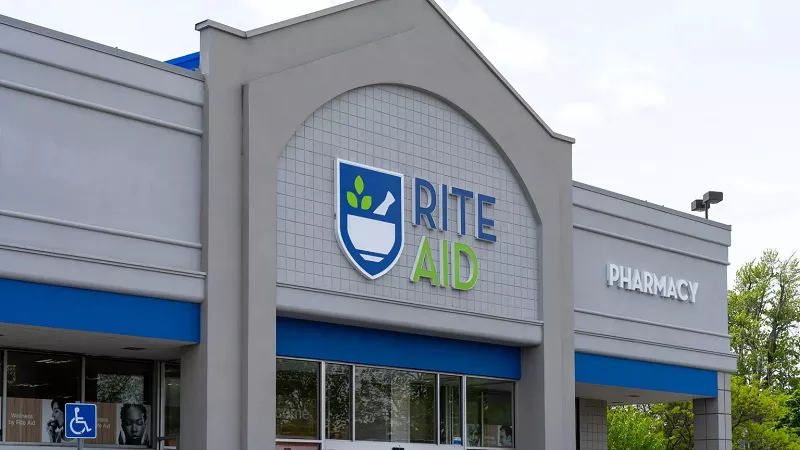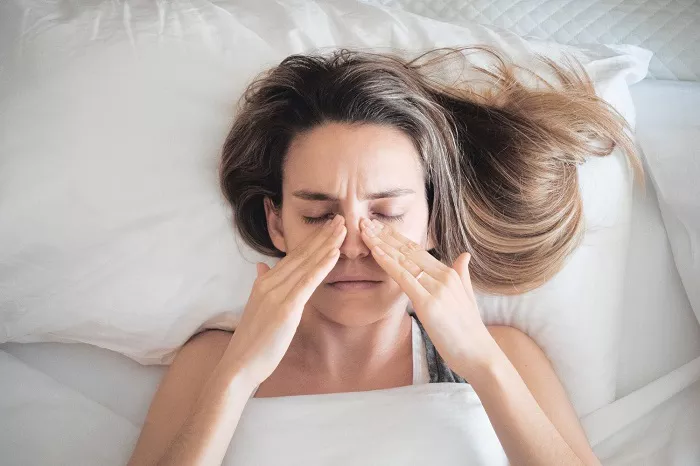Rite Aid’s plan to close more stores as part of its bankruptcy process could hurt access to medicine and care, particularly in some majority-black and Hispanic neighborhoods and in rural areas, experts say.
The drugstore chain said late Sunday that its voluntary Chapter 11 process will allow it to accelerate its plan to close underperforming stores. The company operates more than 2,000 stores, mostly on the East and West coasts.
It said it doesn’t know yet which ones will close, but The Wall Street Journal reported last month that the company had proposed closing 400 to 500 of them.
Dima Qato, an associate professor at the University of Southern California who studies pharmacy access, said that when drugstore chains close stores, they often target locations in low-income, black and Latino neighborhoods where people are covered by government-funded insurance programs like Medicaid.
“They tend to close in those neighborhoods regardless of whether there is another pharmacy nearby or not,” Qato said.
Rite Aid also has many stores in smaller, rural markets that don’t get as much business as big-city locations, noted Jeff Jonas, a Gabelli Funds portfolio manager who tracks drugstores. He expects the company to close several hundred stores over the next few years.
Closures can create “pharmacy deserts,” or neighborhoods without easy access to a drugstore. These can be poor neighborhoods where residents are less likely to own cars and a drugstore is more than half a mile away. It also refers to rural areas where drugstores may be miles away.


































